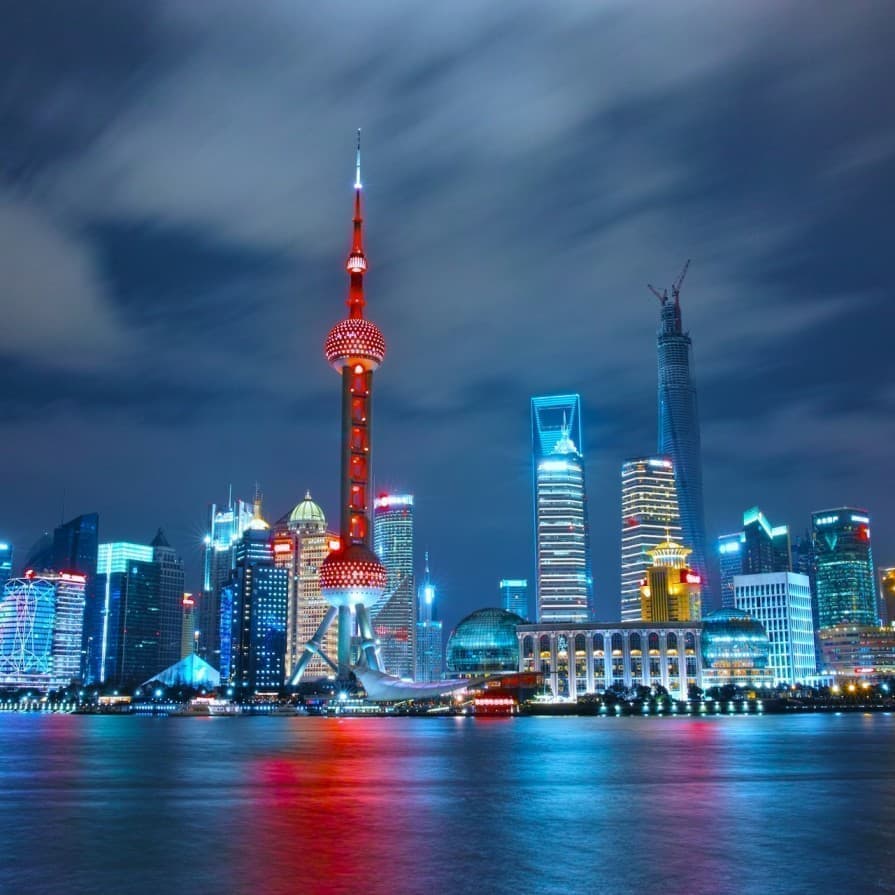China’s influence over global energy markets has grown unprecedentedly in recent years, extending beyond traditional fossil fuels to dominate the clean energy supply chains of the future. As the world transitions towards sustainable energy, China has strategically positioned itself as a central actor—not just in energy consumption and production, but in technology, infrastructure, and resource control.
From coal and oil to solar panels, EV batteries, and critical minerals, China’s grip is reshaping global power balances, making energy not just a commodity but a tool of geopolitical leverage.
1. Traditional Energy: Still a Strategic Priority
Oil and Gas Imports
-
Largest Oil Importer: China is the world’s largest crude oil importer, accounting for over 15% of global demand.
-
Key Partners: Major suppliers include Russia, Saudi Arabia, Iraq, and Angola. Post-Ukraine conflict, China’s oil ties with Russia have deepened further.
-
Diversification Strategy: China has aggressively invested in overseas oil assets through state-owned giants like CNPC and CNOOC, ensuring energy security amid volatility.
Coal: Balancing Demand and Emissions
-
Despite its green energy goals, coal remains China’s energy backbone, meeting over 50% of its electricity needs.
-
China is also the world’s largest coal producer and consumer, and continues to invest in “clean coal” technologies and domestic mining.
2. Dominance in Clean Energy Technologies
Solar Power Leadership
-
China manufactures over 80% of the world’s solar panels and controls the majority of the global solar supply chain—from polysilicon to final modules.
-
State-backed companies like LONGi, Trina Solar, and Jinko Solar dominate exports, particularly to Europe and Southeast Asia.
Electric Vehicles and Batteries
-
China is the global hub for lithium-ion battery manufacturing, with companies like CATL and BYD leading global supply.
-
It processes over 60% of the world’s lithium, cobalt, and nickel, and dominates battery component production.
-
Over half of global EVs are sold in China, making it both a consumer and supplier powerhouse.
3. Strategic Control Over Critical Minerals
-
China controls or influences large shares of the rare earth elements market—used in magnets, wind turbines, and defense equipment.
-
Through long-term investments in Africa, South America, and Central Asia, China has secured mineral supply routes that many other nations are now racing to match.
4. Belt and Road Initiative (BRI): Energy as a Foreign Policy Tool
-
Under BRI, China has funded energy infrastructure projects across Asia, Africa, and Europe, including power plants, grids, and pipelines.
-
These projects increase China’s influence in developing economies, tying them to its technology, credit, and energy systems.
5. Geopolitical and Economic Implications
For the West and India
-
Countries like the United States, EU nations, and India are heavily dependent on Chinese supply chains for clean energy components.
-
This creates strategic vulnerabilities, especially during periods of geopolitical tension or trade restrictions.
For Global Energy Markets
-
China’s ability to influence prices, availability, and supply chains of critical energy components grants it disproportionate control in shaping the pace and direction of the global energy transition.
6. Challenges China Faces
-
Geopolitical Pushback: Increasing scrutiny and export restrictions from the US and allies.
-
Overcapacity Risks: In solar and battery sectors, overproduction may lead to price wars and trade tensions.
-
Environmental Concerns: Despite green technology dominance, China’s domestic energy mix still relies heavily on polluting coal.
China’s meteoric rise in global energy markets is the result of long-term planning, state-backed investments, and global strategic alignments. Its dominance in clean energy technologies and critical mineral supply chains makes it a gatekeeper of the world’s energy transition. For other major economies, this presents a dual challenge—competing economically while reducing dependency for strategic autonomy.
As the 21st century unfolds, energy is no longer just about barrels and BTUs—it’s about batteries, minerals, modules, and influence. And in all these domains, China stands increasingly at the center.

